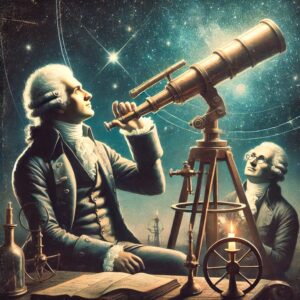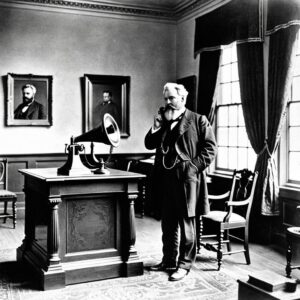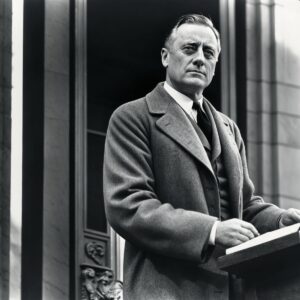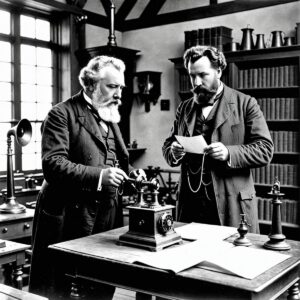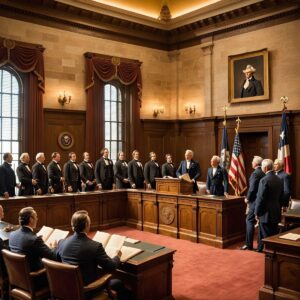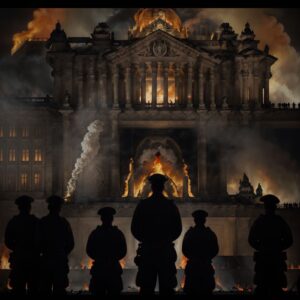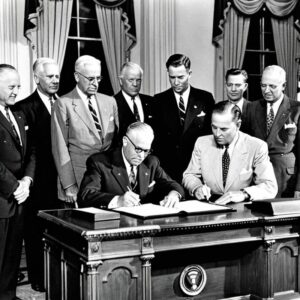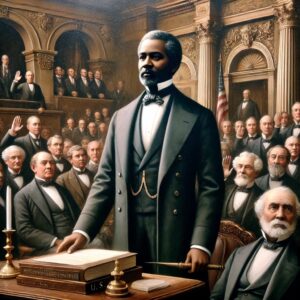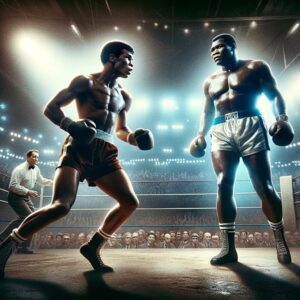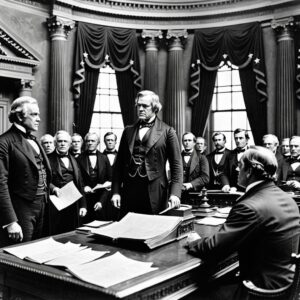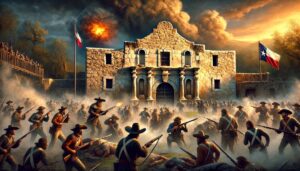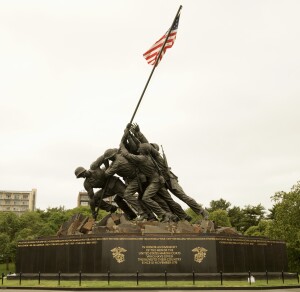Pierre Le Grand, a name whispered in fear across the Caribbean, was a French corsair whose daring exploits against English ships made him a legend of the high seas. Operating in the late 17th century, he thrived in an era where European empires vied for control over lucrative trade routes. Though little is known about his early life, his impact on maritime warfare remains undeniable.
Unlike the more infamous pirates of his time, Pierre Le Grand specialized in swift, ruthless strikes. He and his crew—an elite band of outlaws—sailed aboard a nimble vessel designed for speed and ambush. They became notorious for their ability to outmaneuver larger, heavily armed English ships. One of his most audacious feats involved capturing a Spanish galleon near the coast of Hispaniola, a move that sent shockwaves through the colonial world.
As tensions between France and England escalated, Pierre Le Grand’s raids became a focal point of their naval conflict. His relentless attacks on English supply routes weakened their stronghold in the Caribbean, leading to a climactic confrontation that would be remembered in history. The battle saw French and English forces clash in open waters, with cannon fire illuminating the night sky. Despite being outnumbered, Pierre Le Grand’s tactical brilliance allowed him to outfight the English in a victory that solidified France’s dominance in the region.
After the battle, Pierre Le Grand vanished from historical records, leaving behind a legacy shrouded in mystery. Some say he retired with his spoils, while others believe he met his fate in another daring raid. Regardless of his final days, his legend continues to inspire tales of adventure, strategy, and the relentless pursuit of freedom on the high seas.



